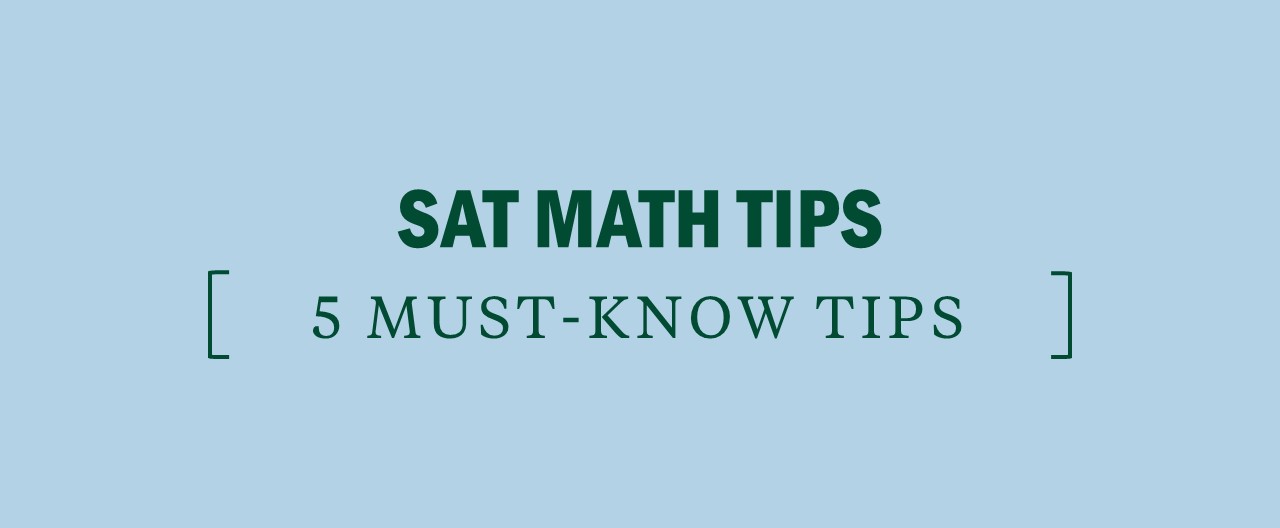SAT Writing: Punctuation Rules
On the SAT Writing test, it’s important to understand how to use certain items of punctuation to get the most out of the Writing test questions. Here are the main pieces to look out for and to make sure are being used correctly!
Keep on the lookout for these 5 pieces of Punctuation on the SAT writing test and always search for the most clear, concise and logical answer to the question asked!



